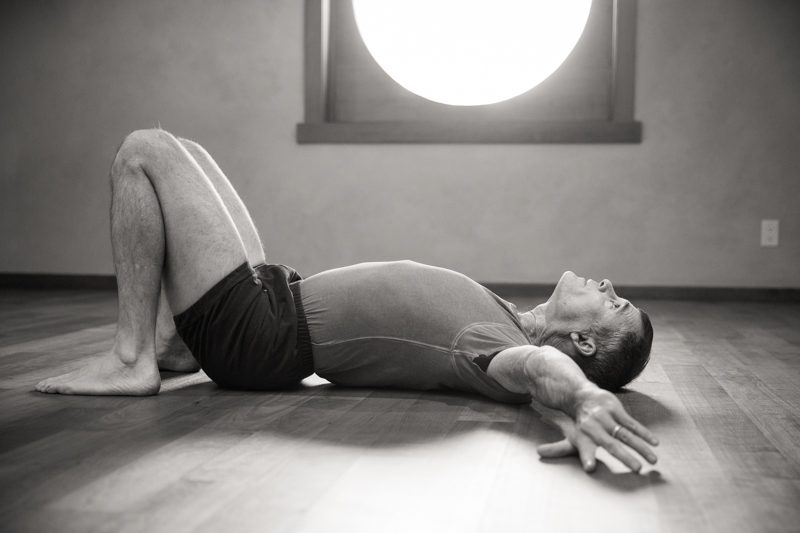
In our fast-paced, technology-driven world, it's all too easy to become disconnected from the innate intelligence of our physical bodies.
We may find ourselves caught in a cycle of pushing harder, striving for perfection, and neglecting the subtle signals our bodies send us daily.
The SATYA method offers a refreshing antidote to this modern malaise, inviting us to rediscover the profound wisdom that resides within our own somatic experience.
At the heart of the Satya approach is a deep respect for the body's inherent capacity for self-regulation and healing. Rather than imposing external forms or chasing specific outcomes, the practice encourages a cultivation of embodied awareness - a sensitivity to the nuanced rhythms, tensions, and potentials that exist within.
Key Principles of SATYA
One of the key principles of the Satya method is the emphasis on slow, small, and soft movements. In contrast to the often vigorous and goal-oriented nature of many fitness and movement modalities, this approach invites a radical slowing down.
By breaking down complex postures and sequences into their foundational elements, practitioners have the opportunity to truly listen to the body, to sense the subtle interplay of tissues, joints, and energetic flows. This focus on micro-movements and internal attunement is not merely a physical exercise, but a gateway to deeper self-knowledge.
As we learn to track the sensations and impulses arising within, we begin to uncover the unique "signature" of our own somatic structure - the patterns of holding, restriction, and potential that are woven into the fabric of our being.
Interestingly, the Satya method also draws inspiration from the natural world, particularly the fluid dynamics of water. Just as the ocean's tides ebb and flow, the practice encourages us to embody a similar fluidity, allowing our movements to undulate and sway in response to the body's inherent rhythms.
Perhaps most striking is the emphasis on the pause, the stillness that is woven between each movement. Rather than rushing from one pose to the next, SATYA practitioners are guided to embrace the power of dynamic rest, allowing the body's innate self-regulatory capacities to emerge. In these moments of quiet attunement, we may discover a profound sense of belonging, a homecoming to the wisdom that resides within.
As we navigate the challenges and stresses of our modern world, the SATYA method offers a potent invitation to reconnect with the intelligence of the body. By cultivating a deeper awareness of our physical selves, we unlock pathways to relief, rejuvenation, and a more harmonious relationship with our embodied existence. Whether you're a seasoned practitioner or new to this realm, the Satya approach invites us all to rediscover the transformative potential of embodied presence.
THE PATHWAY
Start with Our Introductory Workshop PURCHASE THE RECORDING HERE
SATYA 1 Immersion: Dive Deeper into Somatic Awareness - 2nd October
For those ready to take their practice further, our SATYA 1 Immersion is the next step. During this immersion, you’ll learn how to cultivate sensory-motor awareness through gentle, non-weight-bearing movements that ease tension and promote relaxation. This course is ideal for yoga teachers, therapists, and practitioners who wish to enhance their practice and teaching with the wisdom of SATYA.
3. Advanced SATYA: Moving from Smooth Muscle - 13th November
Once you’ve completed SATYA 1, you’re ready for our Advanced SATYA Immersion. This six-hour immersion focuses on the smooth muscle in the body, which plays a crucial role in regulating blood flow and nerve impulses. Through slow, wave-like movements, you’ll learn how to release tension and enhance the body’s natural rhythms. If you join this workshop and decide to book SATYA 2 we will honour the early bird price.
4. SATYA 2 Immersion: Continue Your Journey - 8th January 2025 (EARLY BIRD ENDS 31ST OCTOBER)
For those committed to mastering SATYA, our SATYA 2 Immersion is the next logical step. This advanced course builds on the principles of SATYA 1, offering more complex sequences and a deeper exploration of the physiological benefits of the practice.

